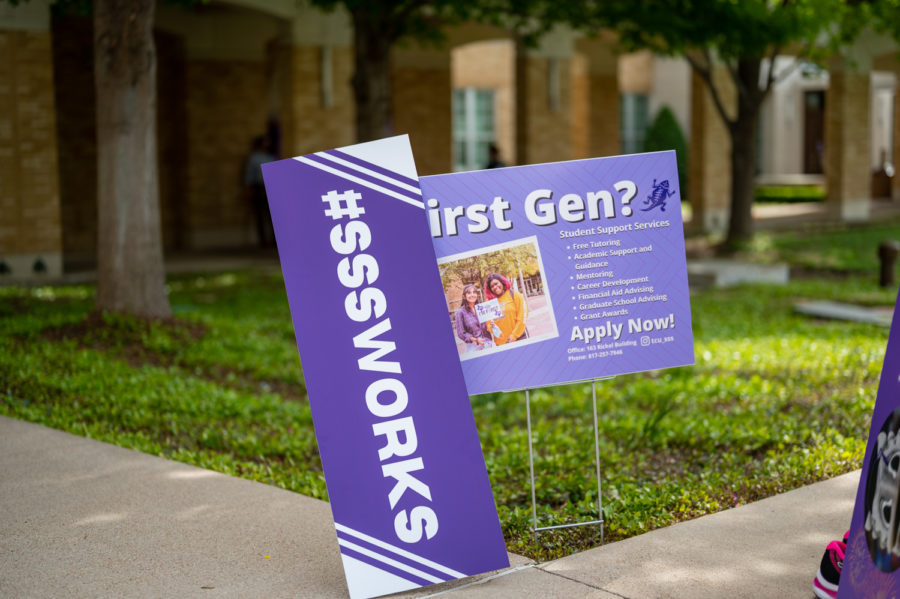The White House unveiled a college scorecard to help prospective university students and parents compare schools on financial criteria, but this may not be the only information for which TCU parents and students are looking.
“The college scorecard is trying to show net price in relation to things like graduation rates, default rates and average indebtedness,” Mike Scott, TCU director of scholarships and student financial aid, said.
TCU is shown to be high in costs, graduation rate and median borrowing. But it ranks below the national average on the percentage of students who defaulted on federal student loans. The employment section does not have data yet.
The scorecard is broken into five criteria–costs, graduation rate, loan default rate, median borrowing and employment.
The cost to attend TCU was rated “high” at $28,097 per year. This net price is supposed to represent an average cost for undergraduate studies after grants and scholarships, according to the college scorecard website. Grants and scholarships are financial aid that students do not have to pay back.
The scorecard was created after President Barack Obama committed to making higher education more accessible to all students in his State of the Union address Feb. 12.
“Today, skyrocketing costs price too many young people out of a higher education or saddle them with unsustainable debt,” Obama said. “My administration will release a new college scorecard that parents and students can use to compare schools based on a simple criteria: Where you can get the most bang for your educational buck?”
The scorecard is based on information from the U.S. Department of Education. The site compares averages in each criteria among other institutions that grant the same level of degree, according to the college scorecard website. Therefore, TCU is ranked against other schools that primarily award bachelor’s degrees.
Although the information provided by the college scorecard can be useful, it may not be enough for prospective students, Scott said.
“These rating systems are very well intentioned, but they are all based on averages and historical trends,” Scott said. “These may or may not be applicable to you.”
Scott said he fears that students will look at net prices before they consider a university and could rule out a school, which could be good for them, based on price.
“When you publish these net price calculators, my fear is that you place too much emphasis on the price,” he said. “Set the price aside. Looking at things like graduation rates and default rates are very applicable.”
Out of approximately 20 prospective students and parents on a TCU tour, no one had heard of the college scorecard.
When told the information the scorecard provided, Mary Ann Hunt, a prospective student’s parent, said she “would be open to finding out more, but I haven’t heard of it."
Cassie Hiltenbrand, a sophomore math major, said she wished the scorecard would have been online when she was scouting for schools.
"It would be nice to see the average price of each schools compared to each other," Hiltenbrand said.
Kathy Biedenharn, a parent on the tour, said she seemed skeptical that the information would be used by students but said it could be a useful tool for parents.
Biedenharn said students could choose colleges based on more simplistic reasons such as a meal they liked or an attractive student they saw. But for her, Biedenharn said there was “no point worth overlooking.”
“I can see it as another tool, but I am blessed to be financially comfortable, and the cost is not the most important part for us,” Biedenharn said.
She said she wanted a school that teaches her child “to love to learn.”
Biedenharn said she could see it being more useful for a “young mother” or someone in a less financially comfortable position.
Currently, the U.S. Department of Education awards $150 billion a year in federal grants, loans or work-study programs to more than 14 million students, according to the Federal Student Aid office website.
Obama also said he wanted Congress to revisit the Higher Education Act to make “affordability and value” among the criteria for institutions to receive federal financial aid.




